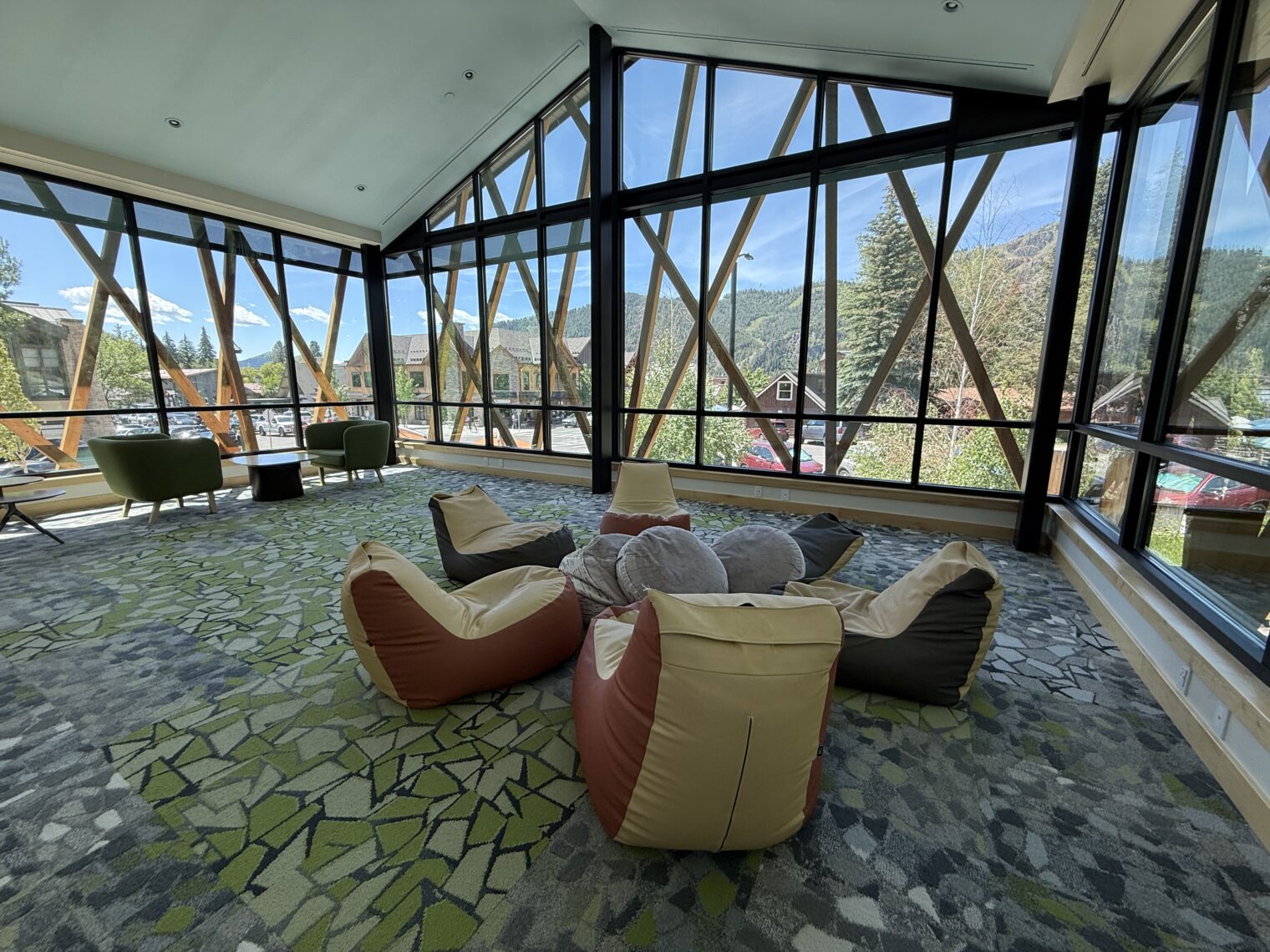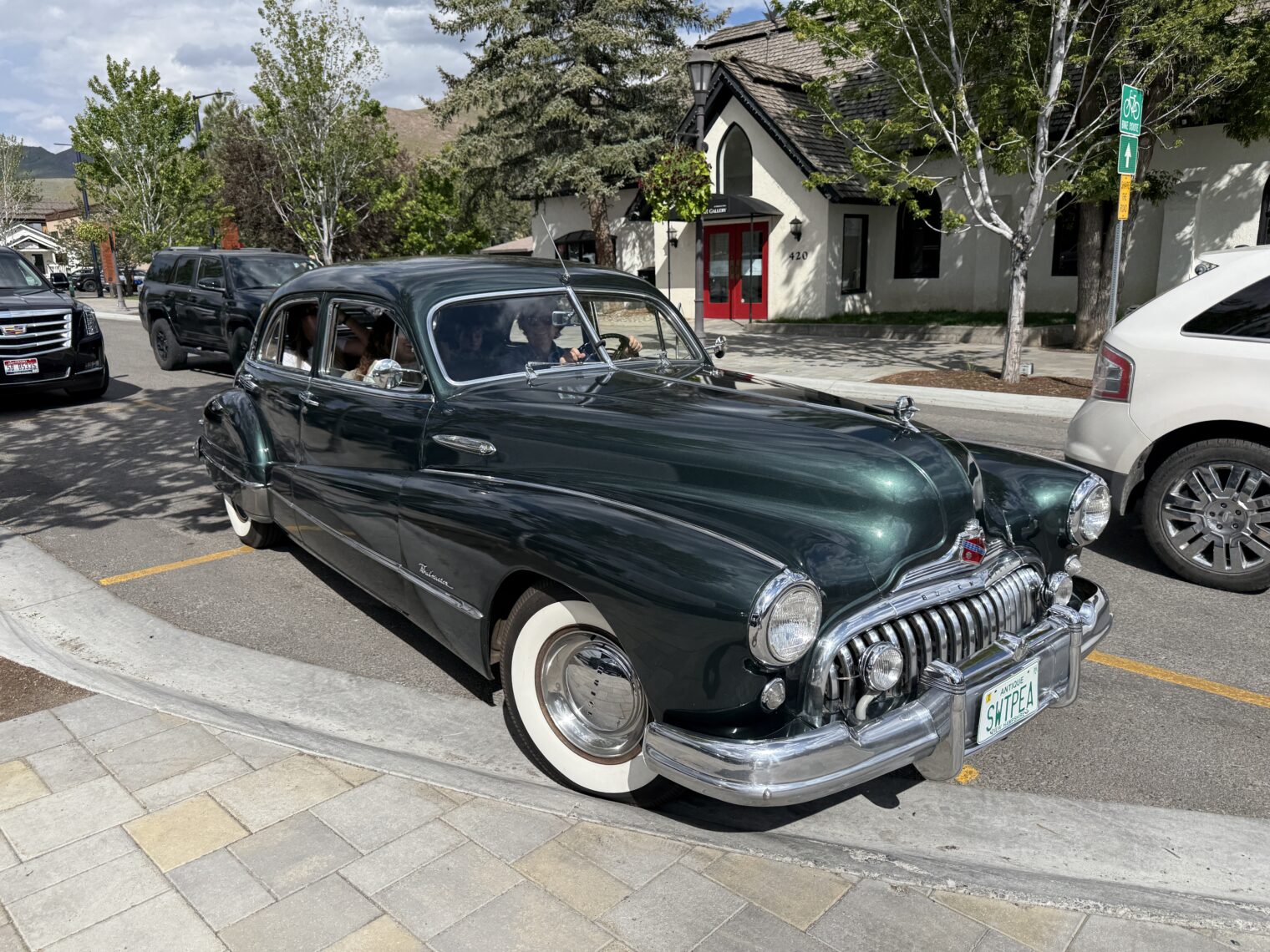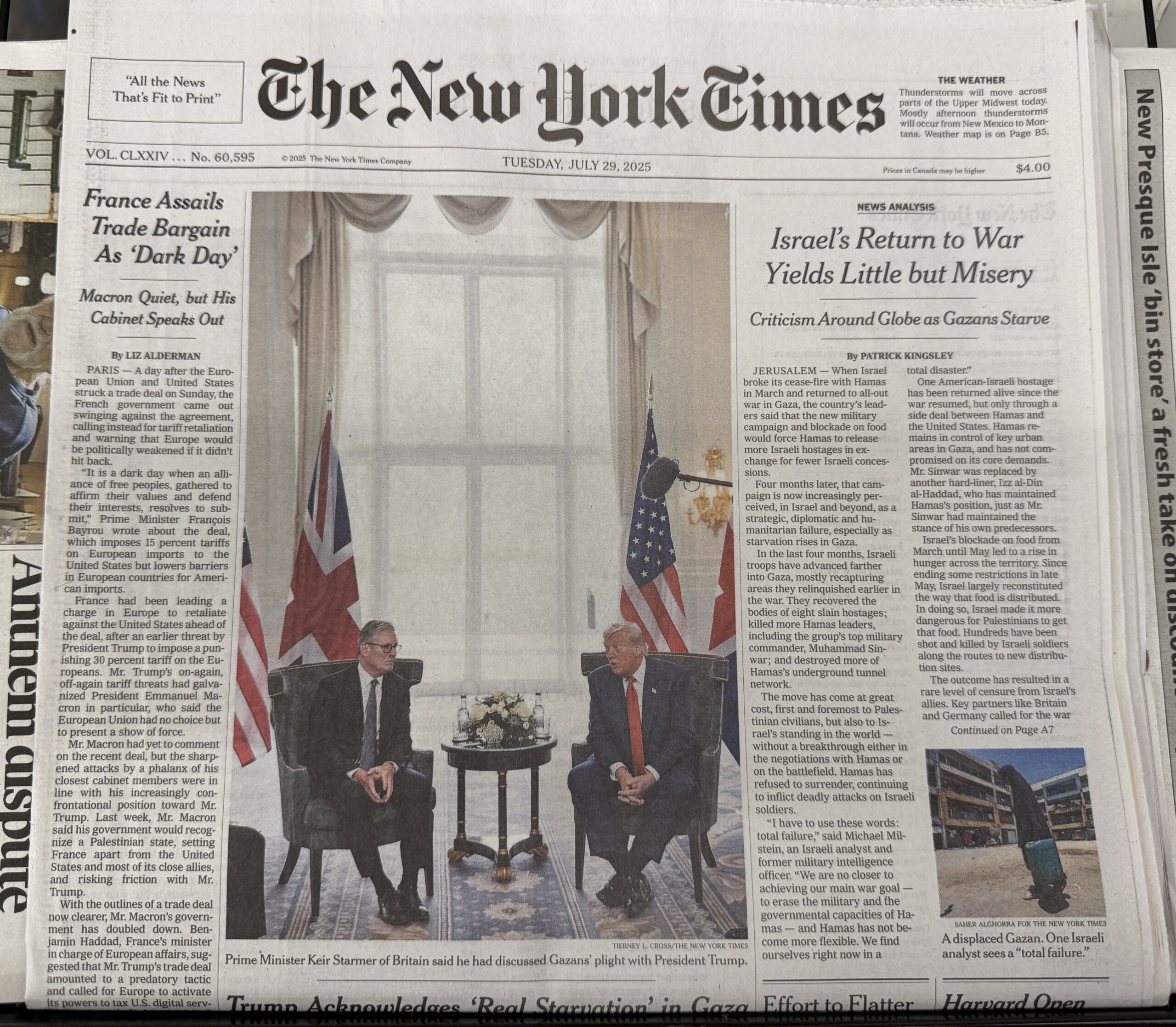Tesla rental from Avis experience
A friend from the Northeast is getting his son settled as a freshman at the University of Florida in beautiful Gainesville. The program starts in the middle of the Florida summer for no reason that I can understand (if kids are smart enough to get into UF, ranked #30 by US News, you’d think they’d be smart enough to run away from July in Florida). His teenage daughter accompanied him. He rented a 2023 Tesla Model 3 “long range dual motor” with 52,000 miles from Avis in Orlando for the trip. Here are some of his messages to a group chat that includes a couple of Tesla owners.
- Oh so my rental doesn’t have the famous FSD. Or EAP [Tesla Enhanced Autopilot]. Took 62% of the charge to get to Gainesville from Orlando. I am at 22% now and have range anxiety.
- Wood veneer is coming off. Leather on the steering wheel too.
- The car wobbles at 70-80 mph.
- Some sort of a noise in the cabin – my guess something came loose.
- UI is cool and looks Apple-y
- The key card situation is kind of [Trigger Warning!] retarded. Mercedes keyless go is more ergonomic in the sense that it opens the car when you grab the handle. The concept of affordance.
- The EV acceleration is cool, probably matches most sport cars 5x its price. One pedal braking feels pretty stupid.
- Anyway I have two more days, but so far it is nothing to write home about and I am perplexed why you guys are SO in love with it. In terms of positives, its UI is certainly better than that of most cars, but it is changing. [Editor: I would vehemently disagree with this. A screen in the middle of the dashboard isn’t the right UI for a car! The driver shouldn’t have to turn his/her/zir/their head.]
- [responding to the Tesla owners who tell him to use the automation] I am 100% engaging AutoSteer. It is what nearly every new gas car has today. I suspected based on description that this is what it was and it turned out to be exactly that. I had that in a Mercedes GLS since February 2017. It is utterly just meh. I drive around and I don’t feel a difference between it and other rental cars except excellent acceleration.
- [responding to a Tesla owner who says he loves his new Tesla (HW4) with FSD] this reminds me of how Apple people speak about apple products. Irrational excitement about things available in other forms. “You should absolutely get it. It is simply the best and next level.” Then I look at it and go “this????” I am getting a [Toyota] Grand Highlander. [Response from a Tesla fanboy: You are like the people who argued for horses after the automobile came out.]
- Right now there are two chargers in Gainesville. So many hot moms at UF. Not that many but infinitely more than in Boston because the number there is around zero.
- There are douchebags like me sitting for half an hour here at the supercharger waiting for their cars to charge. 122 miles are 63% [the “long range” Tesla lost 63% battery over 122 miles; it starting charging at 467 miles/hr and once over 80% slowed down to 186 miles/hr]
- [in response to my question about whether the charging station was somewhere convenient] No it is nowhere I wanted to be. I drove specifically there
- My car performed at 1.9 miles per % charge. That is 95 mile radius with 0% charge upon arrival. 90 miles with 5% reserve. Basically if you remove fanboyism, it is very limited. Not a real car. However, this also says charge limit 85%. Why is it there, why is it set to this value and most importantly, why are we calculating ranges based on 100%. Let us assume a 5% reserve and 85% max. This leaves us with 80% battery which implies a 76 mile [round-trip] range.
- [daughter] just got into the car and asked how come this car has constant weird noises. Something is clicking something is wiggling
- it was in the worst shape of any rental car i got in the last two years or more
- Tesla key card only works on the driver side and not on the passenger side. I know I’m using it wrong. I should be using an app like the enlightened people. So I had to go around the car to lock it.
- We got into the car this morning. The car was hot because it was black. I reached out to turn the vent to blow on my face for some time and discovered that its vents aren’t adjustable.
- Navigation is seriously flawed [Tesla does not supply CarPlay and Android Auto like every other car]. It says turn right on west X road while the signs show turn left on west and turn right on east. I have never seen this happen on Waze.
- Its vehicle detection has a ton of mistakes. It detects big electronic signs as cars. Sees objects on the road that aren’t there. So if FSD relies on this stuff, I am not sure it works as advertised.
- [the tall son] just said – “Back seat is terrible. I had to get out and stretch because everything hurt”; These people are used to driving for 4-5 hours in the back of a car non-stop to NYC.
- I will have to add 30 minutes to my travel time because I have to return the car charged to Avis. Or I will be charged at crazy rates (similar to not filling up your tank).
- Tesla shackles me and adds hours of tax on my freedom.
One of the Tesla owners in the chat, whose Tesla Y is just three months old (latest AI hardware), posted a video of his drive home on FSD. “Dark, rain, lane changes, stop lights, merge onto highway, passing other cars, sharp curves.”
Question: If Full Self-Driving is great and Tesla knows that it is great why wouldn’t Tesla enable it on all rental Teslas so as to promote sales of the machines?
Also, why doesn’t Tesla have support for rentals in its app whereby Avis or Hertz can conveniently authorize a renter temporarily to use the Tesla app instead of the key card? Tesla actually does have support for authorizing additional drivers who will use the app, but it appears to be a facility more for family members who are going to be long-term authorized drivers.
He included a photo of what might be intended to appeal to white cisgender heterosexuals who claim to be “allies” of the 2SLGBTQQIA+ community:
My own story: I rented a beater Chevy Malibu from Avis in Idaho (about 50,000 miles and smelled like a “bustling Gaza shisha cafe”). It had more than 500 miles of range forecast and delivered. Drove about 800 miles and spent maybe 6 minutes at two charging stations. We couldn’t have done our trip in the above-described rental Tesla without significant planning. Craters of the Moon is in a no-charger desert as well as a no-water desert (energy.gov):
We drove 154 miles from Sun Valley (Ketchum) to Twin Falls by way of Craters of the Moon:
If we’d been delivered a rental Tesla 3 at 85 percent and didn’t use Dog Mode or cabin overheat protection we would have perhaps made it into Twin Falls on fumes and with bitten nails.
Full post, including comments














































































